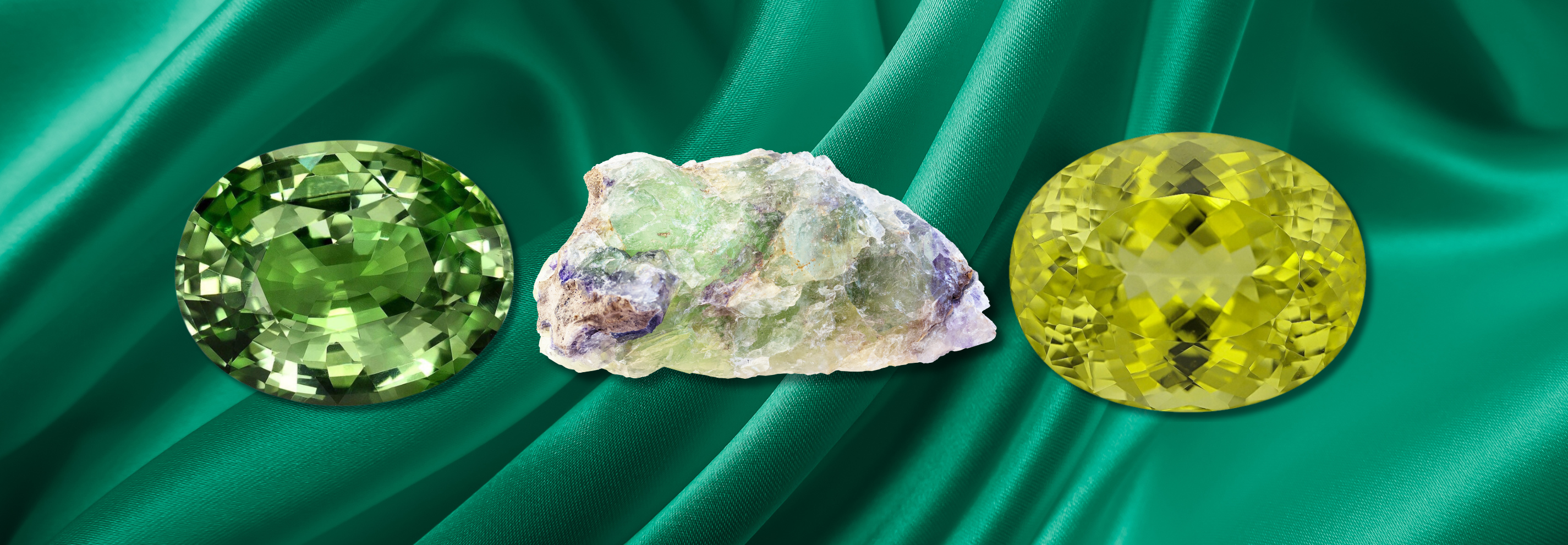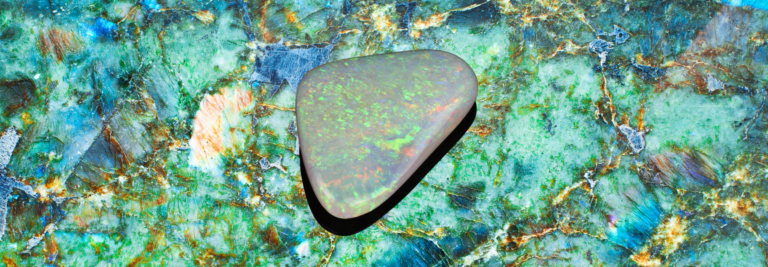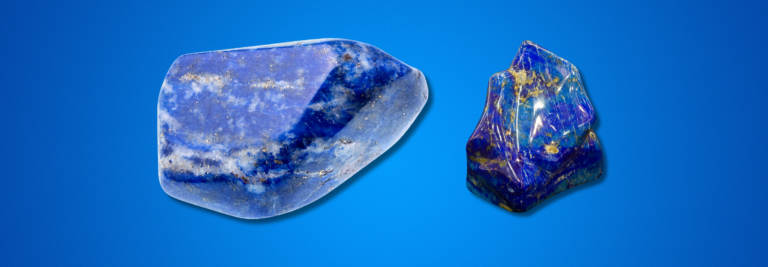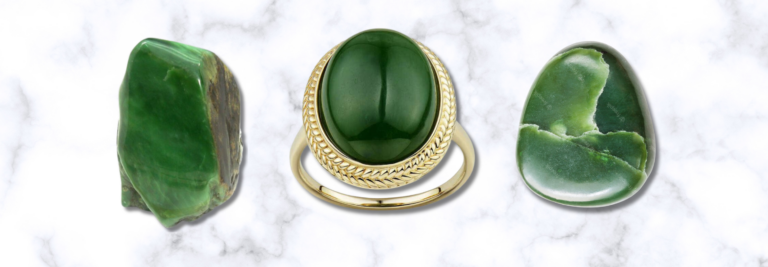
What are White Opal & their Value
The body color of white opal is light or white, and it frequently has a play of color that ranges from pale to dazzling. White opal is prized for its delicate interplay of colors, which can include hues of blue, green, pink, and purple. This contrasts with the bold brilliance of black or fire opal. Australia, Ethiopia, Mexico, and other countries all have white opal deposits.






